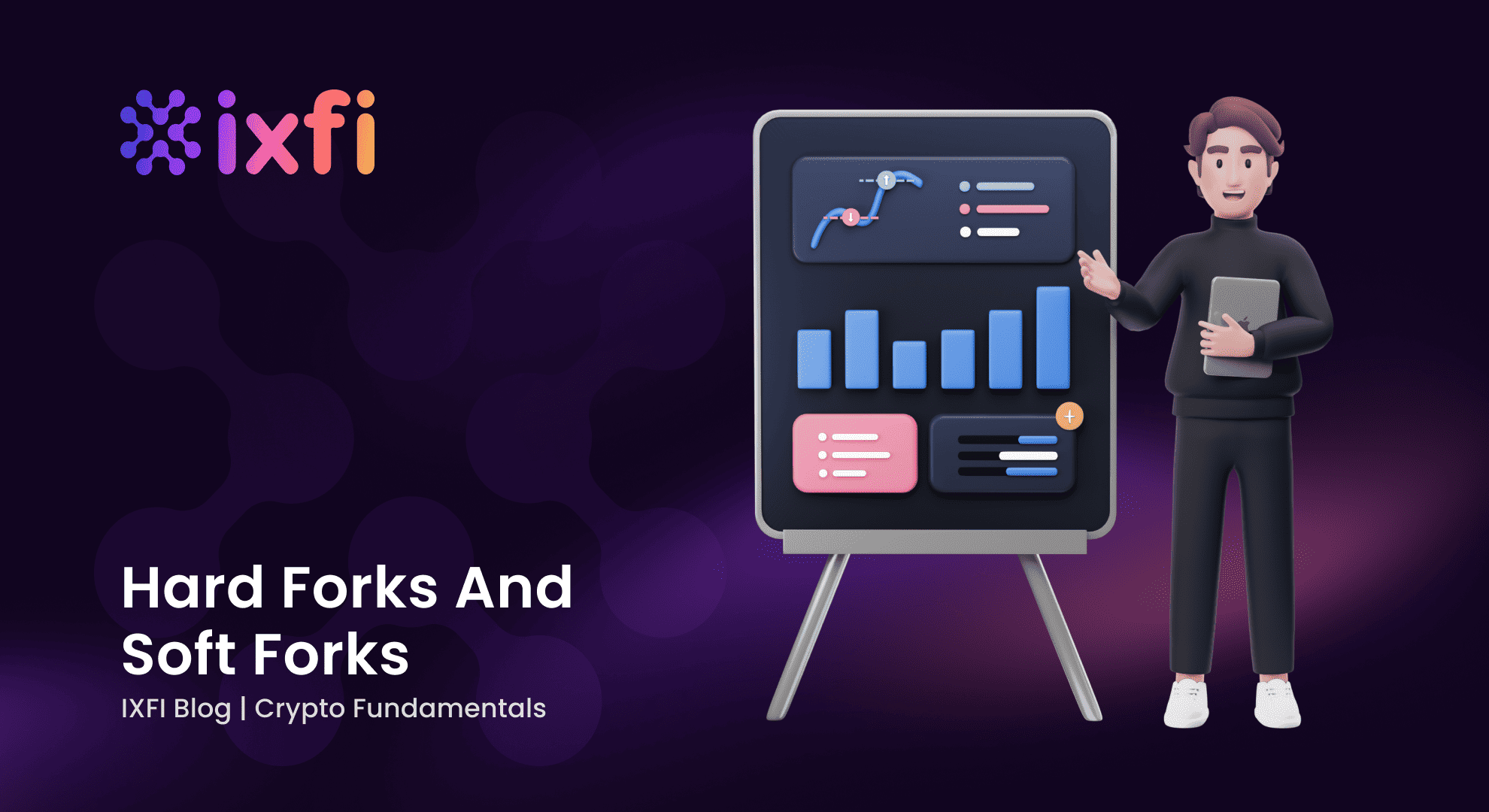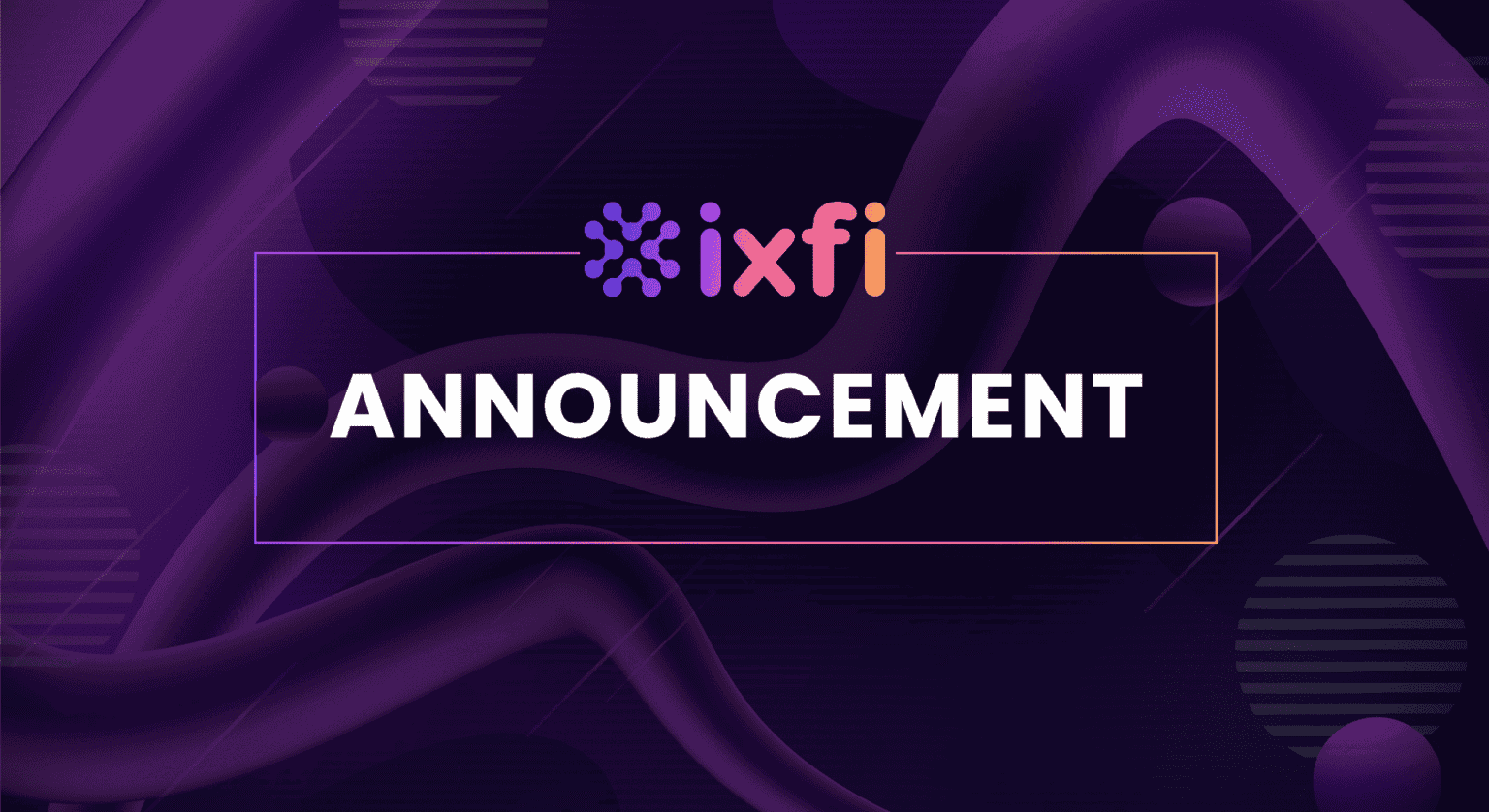Forks are effectively a technical difference in the blockchain protocol that separates information into two different branches. All cryptocurrencies work based on blockchains and decentralized public networks of databases. Blockchains can also be of several types, and if they are public, they are most likely open source.
That is, anyone can see the code behind and based on it, if we discover anything that can be improved, we can come up with ideas that can be voted on by validators or miners and implemented in the network. This is what these forks or bifurcations refer to, in short. Once we make the necessary changes, the whole system will not change. The blockchain is distributed, so the modified version runs parallel to the existing version. When miners receive these different versions, we say that a fork – or bifurcation – has been created.
What does an open source blockchain mean?
It is a public and transparent, decentralized data network where transactions can be easily verified, which makes the network much more secure as it eliminates any manipulation. The network requires these new data entries on proof of work code in the case of Bitcoin to verify that the entry is made by a miner, i.e., a person who is part of that ecosystem.
Blockchain is public and decentralized through peer-to-peer infrastructure, where all transactions, data, and information are exchanged only between users on the network without having to go through many checks and fees. There is no holder or absolute owner of a public network, so the democracy in the network between the miners is fundamental. Any changes to the code are voted on and validated in the system. Therefore, decision-making is highly democratic and occurs exclusively among members whose interests are strictly professional.
What are these forks, and what is the difference between a soft fork and a hard fork?
Mostly when miners make changes that improve the network and implement new rulesets into the system. They are categorized into soft forks and hard forks.
Hard forks – or stable forks are these intentional changes in the system that aim to change the protocol architecture. After the new entries, the code changes so much that the new data in the blockchain no longer matches and is no longer compatible with the data in the old blocks. It is a way to build new cryptocurrencies, including BTC cash which started from the original Bitcoin network.
Thus, according to the new sets of rules in the protocol architecture, the new nodes in the network lend themselves and no longer work on the previously established ones on which the old nodes are now running. They can exist in parallel. One branch does not influence the other regarding transactions.
Soft forks – or unstable forks are much more minor changes that take place in the network, and the changes do not affect the existing blocks at all. It is simply an added detail that works on the same protocol, the block continuing normally.
All miners or validators accept these minor changes in a blockchain, and data blocks do not overlap or separate but continue the same chain of information. For example, BTC, in addition to this BTC Cash hard fork, also had a soft fork called SegWit – from the segregated witness. It was a fork implemented using the Lightning network directly on the original blockchain protocol, wanting to increase the network’s transaction capacity.
Why do these forks exist?
There are several reasons for forks in blockchains, but the basis is the desire for growth and scalability of the cryptocurrency on that network. Once a blockchain is created, it is relatively difficult to improve or fix details that we did not initially think would be necessary, because each project, blockchain, or cryptocurrency develops at different rates.
Twelve years ago, when Bitcoin appeared, for example, we would not have imagined that today we would need fast transaction speeds and low costs to make the currency as feasible as possible. This is how Bitcoin Cash appeared a few years ago through a fork, where the size of a block of data is much smaller, so the currency, which is an entirely different one, can have more uses and purposes.
Disclaimer: The content of this article is not investment advice and does not constitute an offer or solicitation to offer or recommendation of any investment product. It is for general purposes only and does not take into account your individual needs, investment objectives and specific financial and fiscal circumstances.
Although the material contained in this article was prepared based on information from public and private sources that IXFI believes to be reliable, no representation, warranty or undertaking, stated or implied, is given as to the accuracy of the information contained herein, and IXFI expressly disclaims any liability for the accuracy and completeness of the information contained in this article.
Investment involves risk; any ideas or strategies discussed herein should therefore not be undertaken by any individual without prior consultation with a financial professional for the purpose of assessing whether the ideas or strategies that are discussed are suitable to you based on your own personal financial and fiscal objectives, needs and risk tolerance. IXFI expressly disclaims any liability or loss incurred by any person who acts on the information, ideas or strategies discussed herein.


